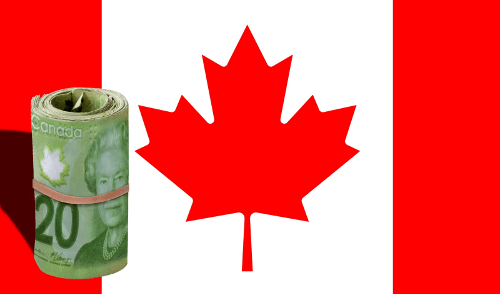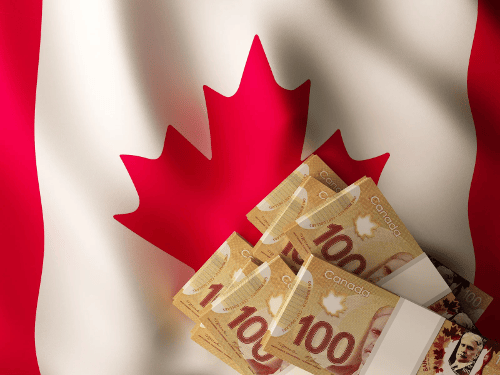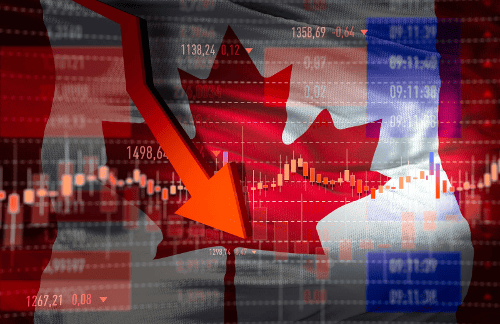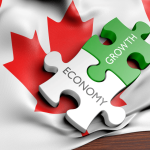In 2022, the Canadian economy will keep moving from pandemic rehabilitation development to more normal development like the rest of the world. But, the path back to normalcy will not be easy, and 2022 was a year of transformation.
Despite this, consumers can contribute to economic activity, with development in Canada predicted to hit 3.5 percent in 2022. Canadian firms must focus on their distribution networks and increasing prices.
They also develop methods to overcome the shortage of workers, which is likely to last for several decades. According to the OECD, Canada’s economy will grow by 3.8 percent in 2022. The expectation of this development is slower than the current standard of 4.5 percent this year.
Despite signs of improvement, Canada still has pre-pandemic fundamental difficulties with shared prosperity, energy revolution, and medical. The Covid-19 emergency had a detrimental effect on Canada’s budget balance, with the governmental president’s debt-to-GDP proportion soaring from 31.2 percent in 2019–20.
50.7 percent in 2022–23, necessitating, at least in the medium term, a clear road map for debt management to avoid financial risks and reassure markets.

Another year of worldwide recovery success
Even though the economic growth started to improve in 2021, the condition varies widely from different regions. The pandemic continues to be a significant concern in some areas around the planet.
According to the International Financial Institutions, global growth will increase 5.9% in 2021 before slowing to 4.9 percent in 2022, according to the International Financial Institutions. The slowdown of this recovery, the re-openings, and the restriction of economic and financial support are the fundamental causes of this deterioration.
The COVID-19 situation has again highlighted the significance of Economic growth in distribution networks and maritime transportation. The Canadian economy is slowing down. COVID-19 infestations are causing factories and harbors to shut down; that region is facing an energy problem; property investment debt is causing investors to be anxious.

The Canadian currency is under some decline
The U.s is one of the few wealthy countries whose GDP has fully recovered from the financial crisis. The United States’ unprecedented fiscal measures boosted consumer spending because there is still a considerable gap in terms of job creation. While financial standards are lowering and COVID-19 fears fade, labor demand is predicted to grow.
Resource rising costs, notably oil, helped the Canadian currency in 2021 when it was about US$0.80. Global commodity fluctuations expected in 2022 exert some negative pressure, particularly in the middle part of the year.
With the likelihood of a much quicker change in direction from the Federal Reserve. The disparity between the US and Canadian lending rates will hopefully maintain the Canadian dollar near to US$0.77.

Effect of the pandemic on the economy
For the time being, the pandemic in Canada appears to be under control. Although the number of cases each day is increasing, it remains modest. Because of high immunization coverage rates (75 percent of the population over six are safe), public health precautions can relax across the country.
We hope this post will help you in understanding the economy of Canada. Pandemic has affected the economy of different countries, including Canada.












Leave a reply